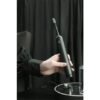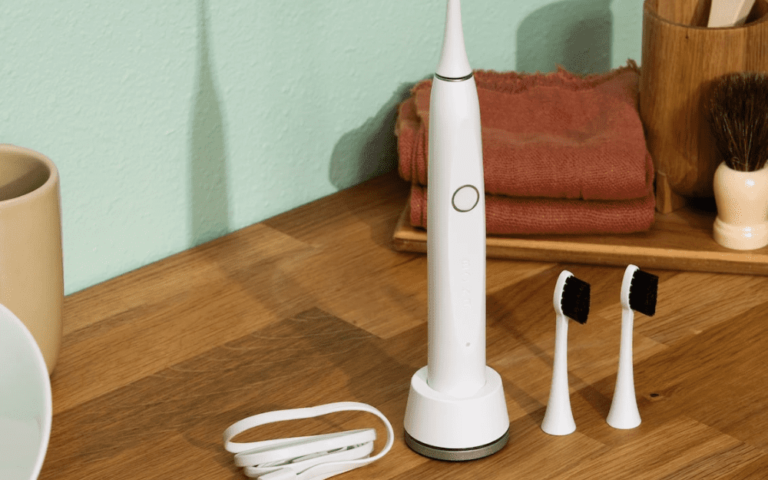Today, everything seems to be electric, from cars to fireplaces to scooters to toothbrushes! The same way that electric scooters make scooting easier, or electric vehicles make driving more efficient, electric toothbrushes make our oral health routine easier. Electric toothbrushes are so popular for so many reasons. Let’s take a look at some of their benefits and how to master their use.
What are the advantages of going electric?
It’s easy to use them
We love electric toothbrushes because they take away the need for physical strain that manual brushing requires. Thanks to the bristle vibration and rotation technology, electronic toothbrushes almost do the work for you. Having the chance to set your toothbrush on automatic helps people with reduced mobility access a healthier oral hygiene – be it carpal tunnel or arthritis. All these benefits are truly remarkable!
A deeper clean is provided by them
A study conducted by Cochrane Oral Health Group revealed that electric toothbrushes are more effective at cleaning compared to manual toothbrushes. Using an electric toothbrush for three months reduced plaque by 21% and gingivitis by 11%. Additionally, many electric toothbrushes have built-in timers that allow users to brush for two minutes as recommended by their dentists.
Kids can have fun with them!
Kids can learn a consistent oral health routine by brushing with an electric toothbrush. With advanced models, kids can even connect with different apps for games while waiting for the timer to reach zero. Regardless of the reason, electric toothbrushes can help kids become more enthusiastic about brushing their teeth on a daily basis—which is always a positive outcome.
Electric Toothbrushes: How to Use Them
A key thing to remember when using an electric toothbrush is that it does the work for you, so there is no need to push down or scrub back and forth. Follow these five steps next time you brush with an electric toothbrush, whether it’s your first time or you need a refresher:
Floss your teeth properly.
Make sure the brush is held at a 45-degree angle.
Starting at the front and moving slowly to the back, brush each tooth for three to five seconds.
If your brush has a ‘gentle’ or ‘gum’ setting, switch to it.
Every three to four months, replace the brush head.
Ask your dentist if you are brushing too hard or if you are experiencing tooth sensitivity, swelling, or bleeding.
What Does This Mean for Manual Toothbrushes?
Electric toothbrushes can provide a bunch of advantages, but doesn’t mean you have to ditch your manual brush. Stick with what works for you if your oral health is up to par. It all depends on the technique and the length of brushing, usually about two minutes each time. Remember that it’s not the tool that matters, it’s how you use it – as Dr. Richard Price, an ADA dentist, would say: “It’s not the brush. It’s the brusher.”
Check out our blog for more oral health tips.
















